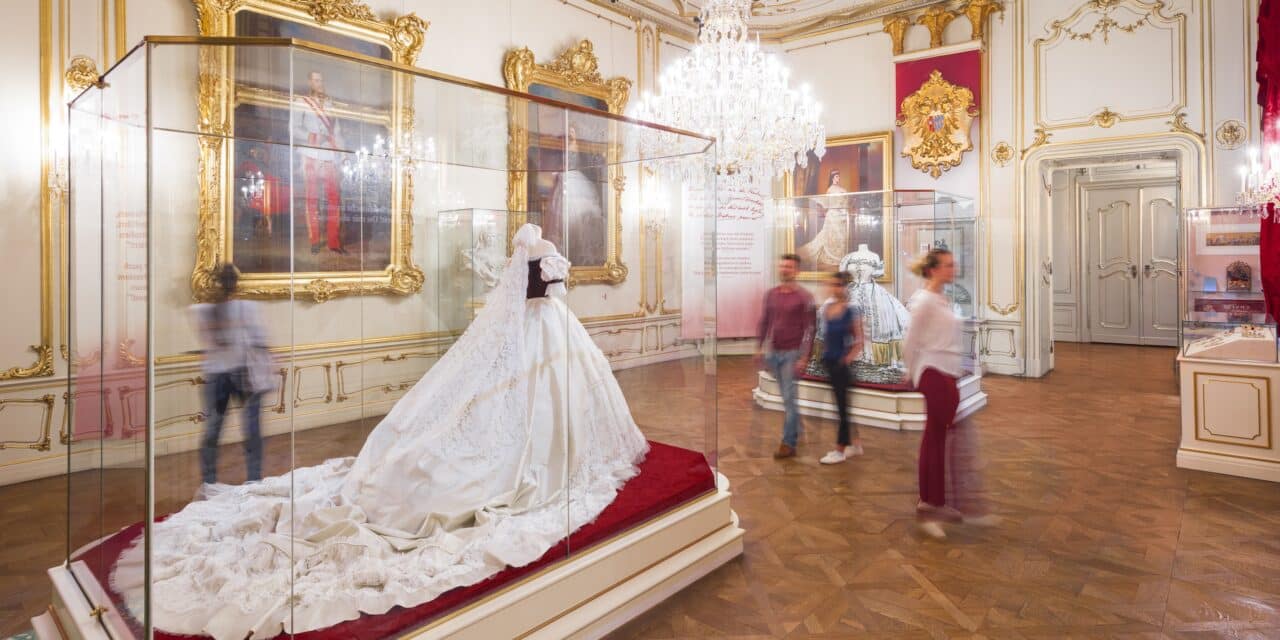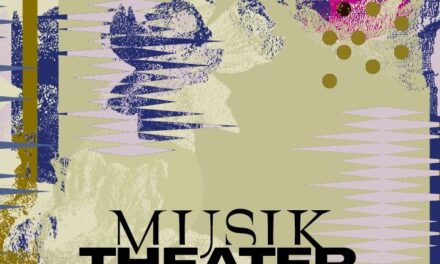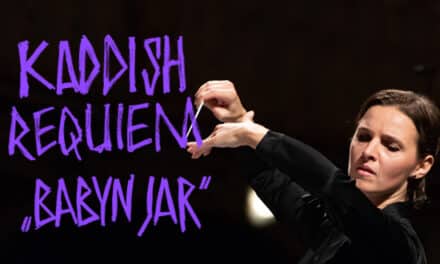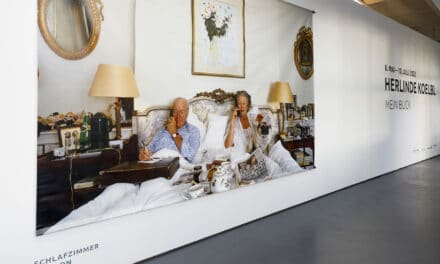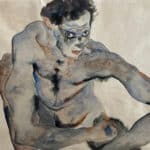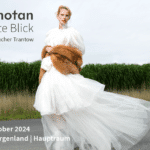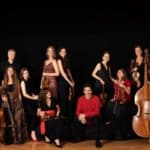The Sisi Museum in the Hofburg Vienna uses numerous personal objects belonging to Empress Elisabeth to show the true personality of the often misunderstood empress. The tour of the Sisi Museum begins with the empress's death and tells the story, room by room, of how the myth of Empress Sisi came into being, which was strongly influenced not least by Ernst Marischka's "Sissi films".
The sensitive staging by the renowned stage designer Prof. Rolf Langenfass is based on the monarch's personal poems. The more than 300 objects on display in the museum include umbrellas, fans and gloves, items of clothing, beauty recipes, her milk glass and travel casket, her first-aid kit and even the original death certificate.
Room 1: Death
The tour of the Sisi Museum begins with the tragic death of the empress, which played a decisive role in the creation of the Sisi myth.
ADDIO REGINA - TUA MARI is written in gold letters on the mourning ribbon for Elisabeth by her sister Marie. The mourning ribbon is on permanent display next to the death mask in the Sisi Museum.
Room 2: The myth of Sisi
Elisabeth has gone down in history as the eternally young and beautiful empress. For over three decades, she was considered the most beautiful monarch in Europe. In the last decades of her life, she hardly expressed herself politically and withdrew from the public eye. When she was assassinated in Geneva, it was not only the assassination that was the focus of the reports. Above all, the monarchy's newspapers lamented the poor emperor, who had once again been dealt a heavy blow.
Empress Elisabeth continued to occupy posterity even after the collapse of the monarchy. In the 1930s, serialized novels were published that were to become the basis of Ernst Marischka's Sissi trilogy after the Second World War. Long before these famous films with Romy Schneider were made, the first film about the empress was released in 1919, directed by Elisabeth's niece Marie Larisch.
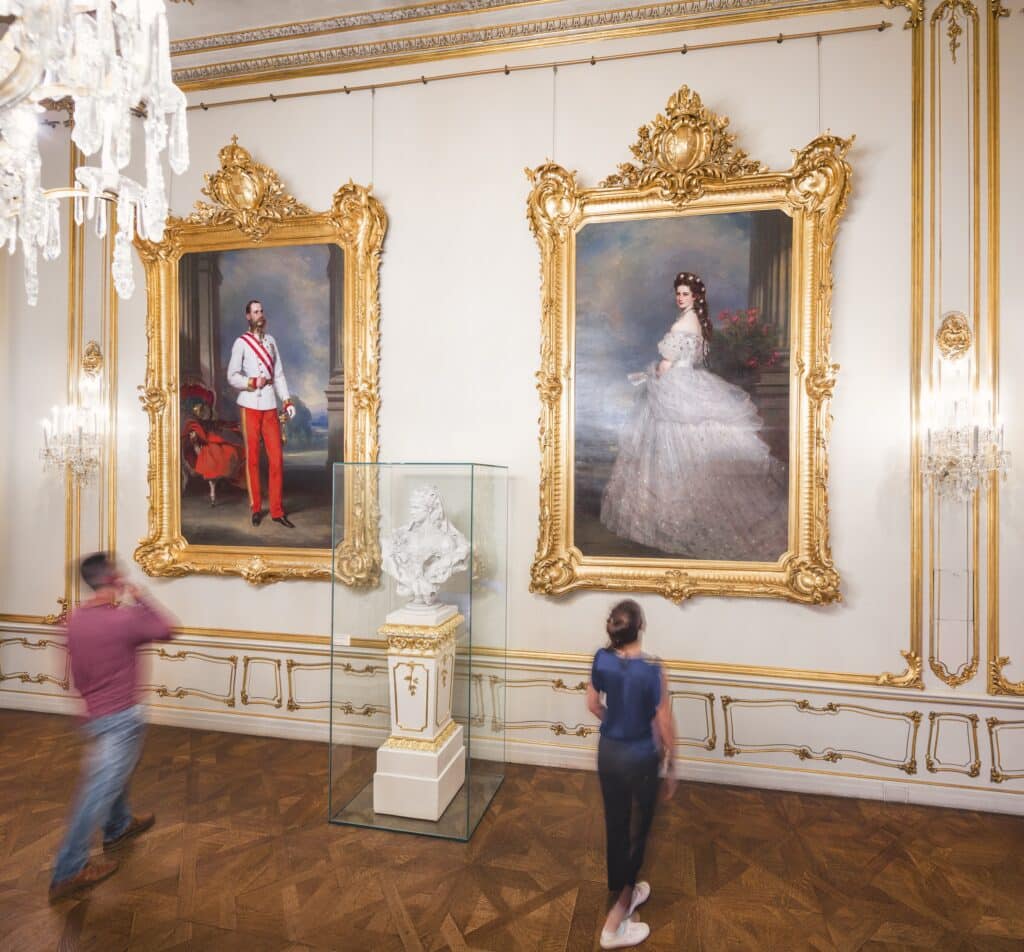
Sisi Museum, Emperor Franz Joseph and Empress Elisabeth, painting by F. X. Winterhalter, 1895 © SKB, Severin Wurnig
Room 3: Childhood
Elisabeth was born on Christmas Eve 1837 as the fourth child of Duke Max in Bavaria and his wife Ludovika on a Sunday and already had two lucky teeth at birth.
His parents lived in an elegant city palace in Munich and usually spent the summer at Possenhofen Castle on Lake Starnberg, where the children could let off steam in the rural surroundings. The palace was surrounded by a wild, natural park and there were animals in a small livestock farm for the children to play with. Duke Max traveled a lot, wrote poetry, loved music and was passionate about playing the zither, not in aristocratic circles, but in local inns. Duchess Ludovika was responsible for his education. Lessons took place every day except Sunday, but the success left much to be desired. It was not easy for the teaching staff, as the father, who had been away for weeks, often interrupted the lessons to take the children on excursions into the surrounding countryside, where they played the zither together in country inns.
Room 4: The imperial bride
The insecure bride became quiet and calm as the farewell to her beloved homeland drew nearer. At the farewell soiree in Munich, all eyes were on her, a fact she would have to get used to from now on. The imperial bride wore an elaborate dress with a wide crinoline, which has been preserved as a so-called "Polterabendkleid" and is on display as a replica in the museum. Arabic characters decorate the skirt and stole. Translated, they mean: "Oh my lord, what a beautiful dream", but for Elisabeth, life at the Viennese court became less of a dream and more of a nightmare.
Room 5: The escape
After the tragic suicide of her son Rudolf, Elisabeth withdrew into her grief and mourning. The empress became increasingly restless and began to travel more and more.
After Elisabeth had put the emperor under considerable pressure during the compromise negotiations with Hungary, Franz Joseph forbade his wife to interfere in any political matters in future.
Elisabeth then withdrew, began to lead her own life and live out her passions. She now took up equestrian sports, wrote poetry in the style of Heinrich Heine and loved to travel. She had a gym set up in her apartment and completed an intensive daily training program to the horror of the court.
She took great care of her legendary beauty on a daily basis. The most striking feature was her thick, floor-length hair, which the empress spent a great deal of time caring for. Franziska Feifalik, the private hairdresser, conjured up the most elaborate hairstyles every day with great skill and also created the famous plaited crown in later years. During the two-hour hairdressing sessions, the empress learned languages, later especially ancient and modern Greek with her teacher Constantin Christomanos.
Room 6: the assassination attempt
In September 1898, the Empress traveled to Lake Geneva in Switzerland as part of a spa stay and visited Baroness Rothschild at her country estate. As this trip was not an official state visit and in order not to impose any representative duties on the host country, Elisabeth traveled as Countess of Hohenems, a title used by the Habsburgs and also used by the Emperor when he was abroad on private business. The Empress traveled to Geneva and stayed in a suite at the Beau Rivage Hotel. In the evening, she went into the city with her companion Irma Sztáray to eat ice cream and buy presents for her grandchildren. Alerted by an indiscretion, the newspapers reported on the empress's stay the very next day. The anarchist Luigi Lucheni, who was in the city at the time, planned an assassination attempt to make a statement against the rich. His victim was to be Prince Henri Philippe Marie d'Orléans, but he canceled his visit to Geneva at short notice.
When Lucheni finally read about the empress's stay and daily schedule in the newspaper, he changed his plans. He watched Elisabeth and her companion coming and going in front of the hotel for some time and finally ambushed the two women on the lakeside promenade. Using a triangular file in the shape of a stiletto, he inflicted a tiny but fatal wound on the empress's heart.
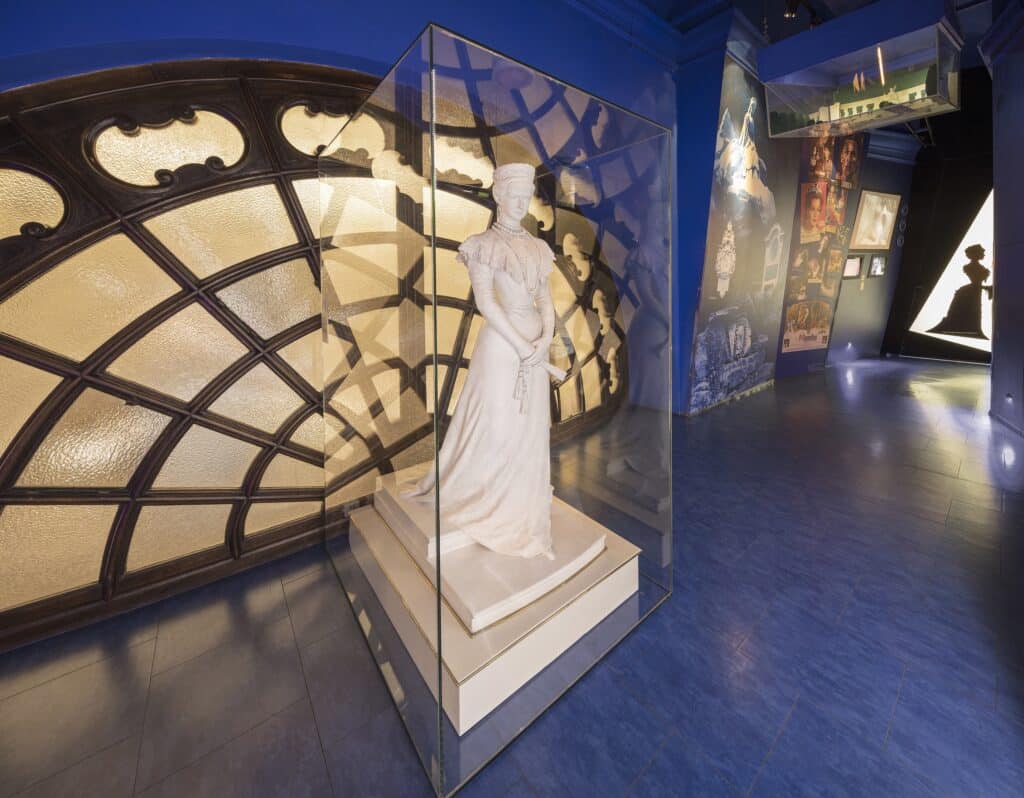
Sisi Museum, Empress Elisabeth statue by Hermann Klotz © SKB, Severin Wurnig
The Imperial Apartments
The Hofburg was the residence of the Habsburgs for over 600 years and thus the center of the Holy Roman Empire. In addition to its function as the seat of government and administrative center, the Hofburg was also the winter residence of the imperial family - from the 18th century, the court spent the summer at Schönbrunn Palace.
The Imperial Apartments of Emperor Franz Joseph and Empress Elisabeth in the Hofburg Vienna are one of the most important sights in Vienna and provide an insight into the private living atmosphere of Franz Joseph & Sisi. Discover the bedroom, gymnasium and toilet room as well as many other historically authentic imperial rooms.
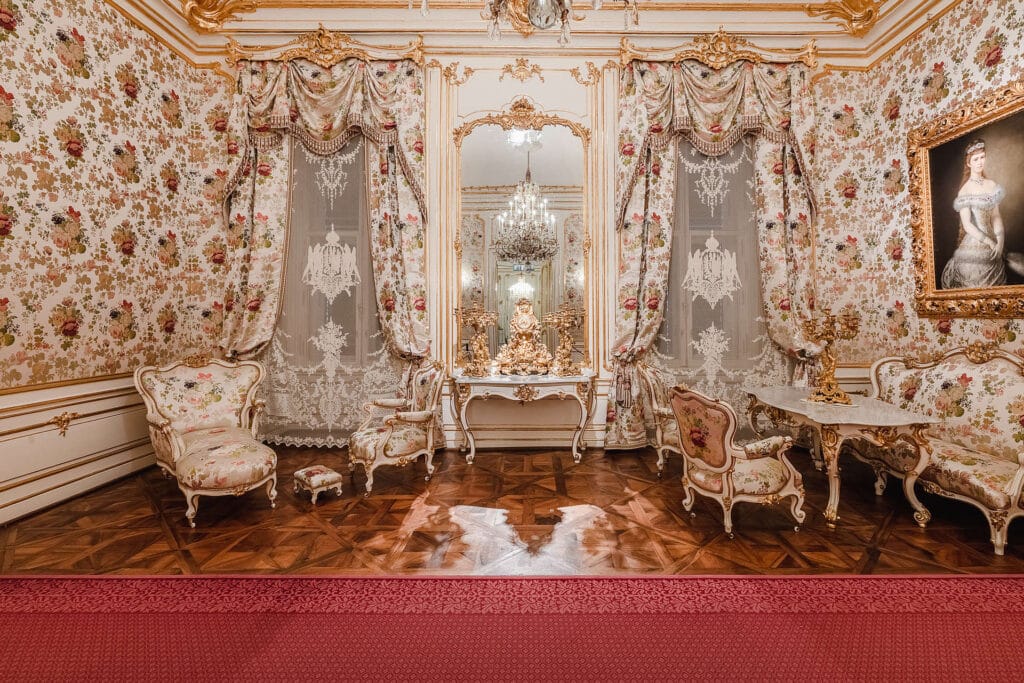
Salon of Empress Sisi © SKB
The empress's salon was part of Elisabeth's apartment and served as a private reception room. It was accessed via the guard room and the empress's antechamber. In the course of Elisabeth's forthcoming marriage to Franz Joseph in 1854, the salon was refurnished in the Neo-Rococo style, with the furniture being finished in the white gold typical of Neo-Rococo at the emperor's request. In addition to the console table below the mirror, the furniture in the drawing room included two sets of seats, a clock and several girandoles and was only slightly altered during Elisabeth's lifetime. Since the 1960s, the furnishings have been supplemented with pastel portraits of Maria Theresa's children and an unusual clock, which was purchased for the empress's Hermes Villa.
www.sisimuseum-hofburg.at

